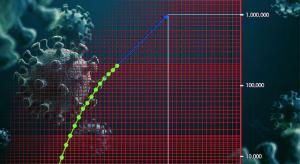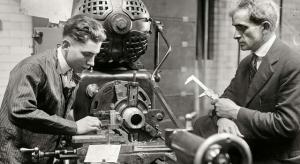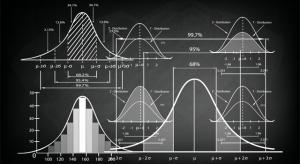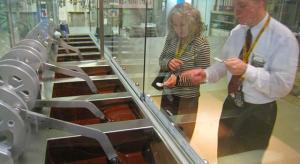
Mon, 04/06/2020 - 12:03
Based on the professional literature available, there are some inconvenient truths about Covid-19 that are not always considered in the chorus of confusion that exists today. Here we summarize what is known, what has already happened, and what is to…
Mon, 03/02/2020 - 12:03
Lean production is built on the explicit assumption that each step is operated predictably and capably. Predictable operation can only be achieved and maintained by using process behavior charts. But short production runs make it hard to see how to…
Mon, 02/03/2020 - 12:03
Short Run SPC, Part 1 and Part 2 showed how to use zed charts and difference charts to track the underlying process while making different products. This part will illustrate both the robustness of the zed chart and an incorrect way of standardizing…
Mon, 01/06/2020 - 12:03
Lean production is built on the explicit assumption that each step is operated predictably and capably. Predictable operation can only be achieved and maintained by using process behavior charts. But short production runs make it hard to see how to…
Mon, 12/02/2019 - 12:03
Lean production is built on the explicit assumption that each step is operated predictably and capably. Predictable operation can only be achieved and maintained by using process behavior charts. But short production runs and multiple products make…
Mon, 11/04/2019 - 11:03
In the past two months we have looked at how three-sigma limits work with skewed data. This column finds the power functions for the probability limits of phase two charts with skewed probability models, and compares the trade-offs made by three-…
Mon, 10/07/2019 - 12:03
Last month I looked at how the fixed-width limits of a process behavior chart filter out virtually all of the routine variation regardless of the shape of the histogram. In this column I will look at how effectively these fixed-width limits detect…
Mon, 09/09/2019 - 12:03
The oldest myth about process behavior charts is the myth that they require “normally distributed data.” If you have ever heard this idea, or if you have ever taught this to others, then you need to read this article.
While this myth dates back to…
Mon, 08/05/2019 - 12:03
Recently I have had several questions about which bias correction factors to use when working with industrial data. Some books use one formula, other books use another, and the software may use a third formula. Which one is right? This article will…
Mon, 07/08/2019 - 12:03
During the past three months James Beagle and I presented columns that made extensive use of analysis of means techniques. Since these techniques may be new to some, this column explains when to use each technique and where to find tables of the…